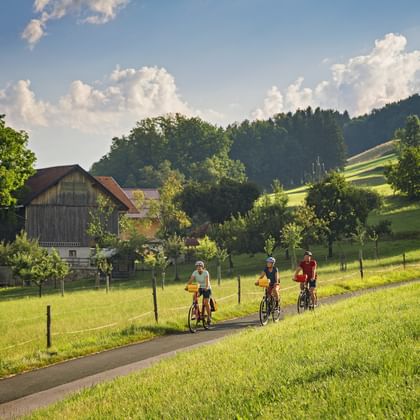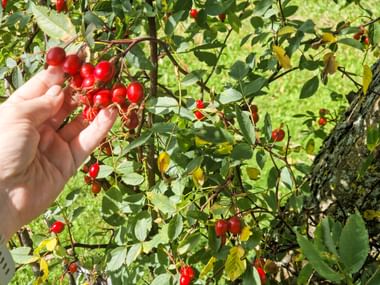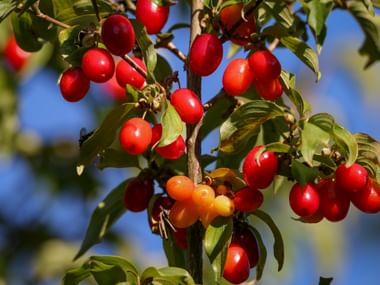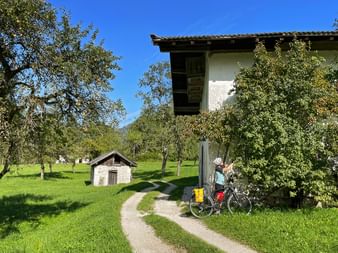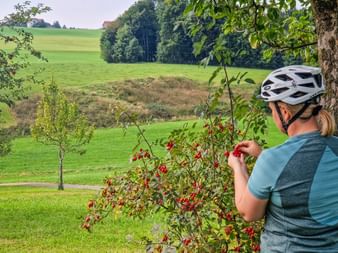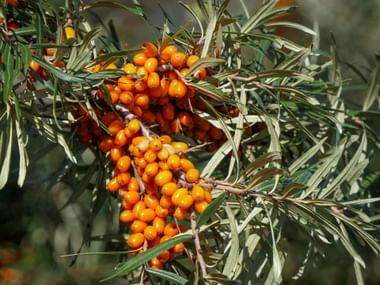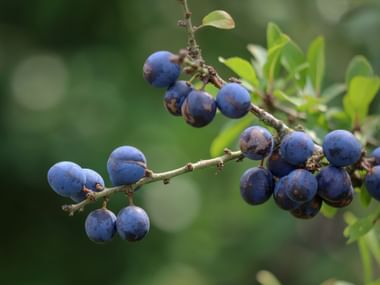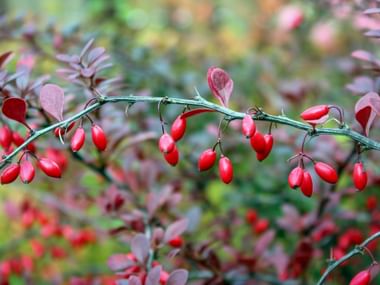Fall bathes the landscape in warm, golden light, and along the way, delicious wild fruits await. With a curious eye, you’ll discover not only breathtaking scenery but also edible treasures like sea buckthorn, sloe, cornelian cherry, rosehip, and barberry. You can find them on embankments, at the edges of forests, or in old orchards—anywhere nature is allowed to stay a little “wild.” So, hop on your bike and make the most of your next fall cycling vacation by picking these tasty fruits along the way.
Fall’s Wild Fruit Delights
